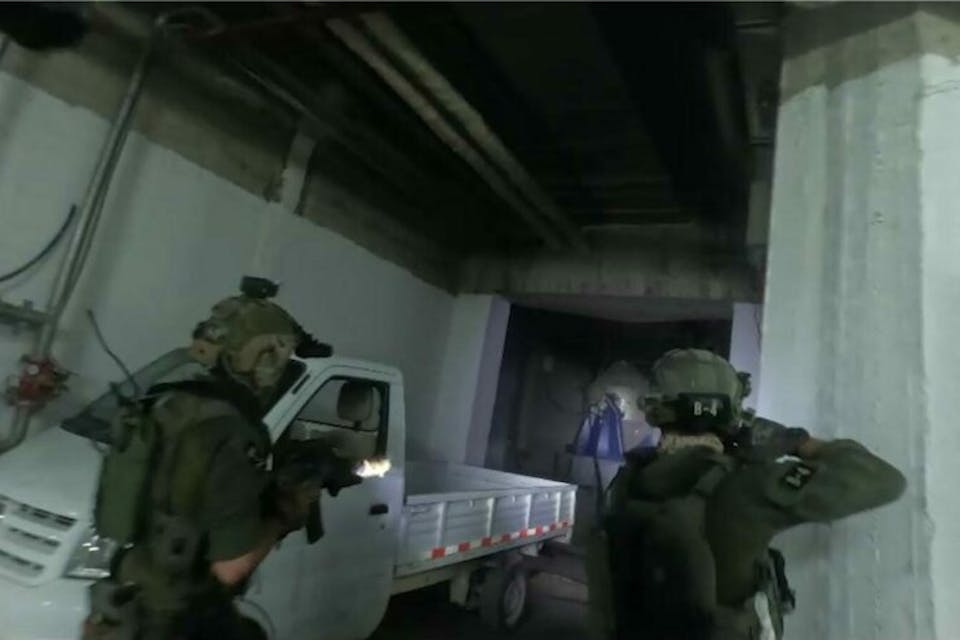
May 28, 2025
The Israeli Raid on Syria That Exposed the Weakness of Hardened Targets
Iran has assumed it can keep its assets safe by hiding them deep underground. The IDF's daring operation in Masyaf may have shattered that assumption.
On September 8, 2024, the Israel Defense Forces (IDF) executed one of the most daring and complex operations in its history: a deep-penetration commando raid into Syria targeting an underground missile-production facility near Masyaf, codenamed Deep Layer. The site had been constructed by Iran to supply precision-guided missiles to Hizballah and other Iranian proxies—posing a strategic threat Israel could not ignore. Buried more than 400 feet underground, it was close to reaching the capacity to produce missiles with ranges up to 300 kilometers, capable of striking major Israeli cities and military installations.
This was much more than simply a tactical raid—it was a doctrinal inflection point. It challenged assumptions about Israel’s strategic posture, redefined the limits of special operations in the region, and signaled a new era in how states counter adversaries operating from hardened spaces on enemy territory. By executing this mission, Israel changed its playbook, shifting from a largely reactive posture—focused on retaliatory airstrikes and the maintenance of deterrence by aggressive responses to attacks—to a proactive doctrine of deep penetration, operational surprise, and joint-force synchronization, aimed at denying the enemy the ability to attack in the first place. Put differently, it was perhaps a return from the doctrines of the past three decades to something more akin to the IDF’s original approach to warfighting.
While global attention has largely fixated on Israel’s war against Hamas in Gaza, the IDF has been simultaneously waging a multi-front campaign of historic proportions. Over the past many years, Iran had developed a network of proxy forces with striking capabilities against Israel. In the days following the October 7 attacks and the outbreak of war, those proxies began to launch rockets and drones into Israeli territory. The best-known events of this campaign took place on the Lebanese front, where, in a matter of weeks, Israel dismantled much of Hizballah’s military-political leadership through precision strikes, exposed and disrupted its command-and-control networks with the now-famous booby-trapped pagers and walkie-talkies, and destroyed the crown jewel of the group’s arsenal: its vast rocket stockpiles, long believed untouchable.